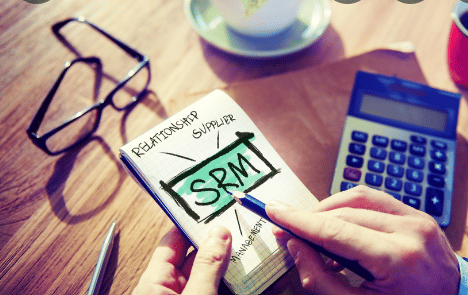Identifying The Risks Associated With a New Supplier Relationship

The concept of supplier relationship management isn’t necessarily new, but it needs to be better formalised in the current economic climate Rather than being a transactional interaction involving a contract kept in a filing cabinet until renewed, vendor-supplier relationships are by necessity becoming increasingly strategic; a continual constant conversation that lasts throughout the life of the contract and not just at the beginning and the end Of course as with any relationship there is an element of risk.
In the event of problems in a relationship, it is much harder to figure out where the relationship went wrong if diligence is not executed or is only executed at the endpoints. The absence of normalcy, including shipping delays, business shutdowns, limited manufacturing capabilities, and an increased online population, makes fraudsters more likely to succeed. So how do you know if your supplier is dependable?
According to PWC, supplier relationships pose a variety of risks. Risks are categorised into five categories:
Reputational Risk
Your business’ brand is at risk when you face a reputational risk. It can happen when the end-user experiences a failure in the product or substandard quality because the supplier was unreliable.
Resilience Risk
A bad supplier can affect customer access to the product because of resilience risks. A crucial component of your product may be missing, forcing you to declare it out of stock.
Data Security and Privacy Risk
The majority of data breaches are caused by third parties, so strict security measures should be implemented to prevent customer, employee, or partner data from being stolen.
Regulatory Risk
When a business does not adhere to the compliance requirements of their country or jurisdiction, they run the risk of regulatory misconduct.
Commercial Risk
It is possible for commercial risk to occur when a supplier fails to deliver accurate billing, or when the costs of partnering with the supplier exceed the profit.
Having identified the potential risks, it is time to think about how to improve your supplier management and risk prevention processes.
Fortunately, there are best practices available.
Supplier Selection
Supplier selection is part of the sourcing process. Potential suppliers can be identified from research and recommendations. Once you have got down to the final two suppliers you need to do some further due diligence on their health, bearing in mind all of the risks identified above. Meeting with the suppliers to ask any questions and to get a feel for them. There is no point in taking the risk if you have any doubts about a supplier from the start!
Contract Management
In order to set up a contract with your supplier, you will need to communicate your expectations to them at the outset. Establish a timeline, quantity of work, and quality of service that are clear to both parties.
Supplier Management
There is a shift in supplier relationships, as stated above. Monitor your suppliers performance and maintain an open line of communication with them throughout your relationship.
Planning for contingencies
Although all precautions have been taken, things can still go wrong. Maintain a backup plan if a supplier falls through, so you won’t be exposed to a resilience risk.
That’s all there is to it! These best practices will help to set the foundation for an outstanding supplier relationship management process.

